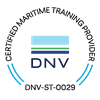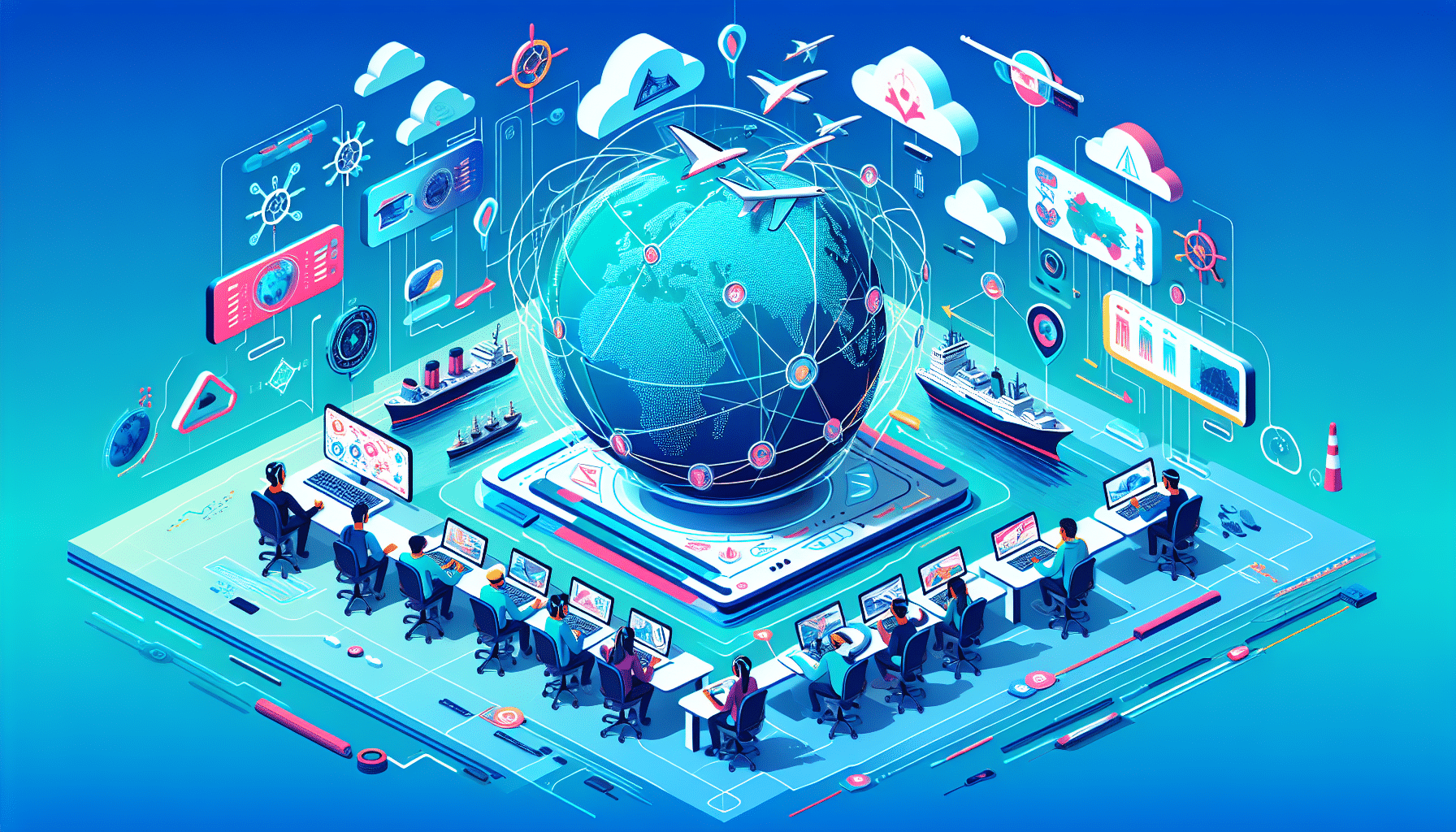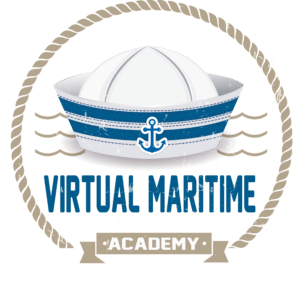Innovations in Maritime Training: Navigating the Future
The maritime industry, long known for its traditions and historical practices, is now at the forefront of technological and educational innovation. As global trade continues to expand and environmental regulations become stricter, there is an increasing demand for skilled maritime professionals who are adept not only in traditional navigation but also in modern technology and sustainable practices. This article explores the latest innovations in maritime training that are setting the course for a new era in seafaring.
Virtual Reality (VR) and Augmented Reality (AR)
One of the most significant advancements in maritime training comes in the form of Virtual Reality (VR) and Augmented Reality (AR). These technologies allow trainees to immerse themselves in simulated environments that closely replicate real-life scenarios without the risks associated with physical training at sea. From navigating through stormy weather to conducting complex maneuvers in crowded ports, VR and AR offer a safe, cost-effective, and scalable solution to traditional training methods. Furthermore, these technologies enable trainees to practice procedures and respond to emergencies repeatedly until they gain confidence and proficiency.
E-Learning and Online Certifications
With the advent of digital technology, e-learning platforms have become increasingly popular in maritime education. These platforms offer a range of courses, from basic safety training to advanced navigation techniques, accessible anytime and anywhere. This flexibility not only accommodates the busy schedules of maritime professionals but also makes maritime education more inclusive. Moreover, online certifications are now recognized by many maritime authorities, breaking down geographical barriers and enabling a global standard of training and competence.
Simulation-Based Training
While VR and AR are gaining traction, traditional simulators remain a cornerstone of maritime training. These high-fidelity simulators replicate the physical and operational characteristics of vessels and the marine environment, offering a realistic training experience. The latest simulators are integrated with AI to provide dynamic scenarios that adapt to the trainee’s actions, offering personalized training experiences. This not only enhances decision-making skills and technical proficiency but also prepares cadets for the unpredictable nature of the sea.
Environmentally Focused Training
As the maritime industry moves towards sustainability, training programs are also evolving to include eco-friendly practices and regulations. New courses are emphasizing the importance of minimizing emissions, efficient fuel consumption, and understanding the impact of maritime operations on marine ecosystems. Trainees learn about alternative fuels, energy conservation measures, and the latest innovations in green technology, equipping them with the knowledge to contribute to a more sustainable maritime future.
Soft Skills Development
Modern maritime training also recognizes the importance of soft skills alongside technical abilities. Communication, leadership, teamwork, and cultural competency are now integral parts of the curriculum. Through interactive workshops and onboard training experiences, cadets develop the interpersonal skills necessary for effective crew management and international collaboration. This holistic approach to training ensures that the next generation of seafarers is not only technically proficient but also equipped to navigate the complexities of a diverse and rapidly changing global industry.
In conclusion, the maritime industry is navigating through a sea of change with innovations in training methodologies. By incorporating advanced technologies, embracing online learning, focusing on sustainability, and fostering soft skills, maritime training institutions are preparing seafarers for the challenges of modern-day shipping. As these trends continue to evolve, the industry is set on a course towards safer, more efficient, and environmentally responsible maritime operations.









